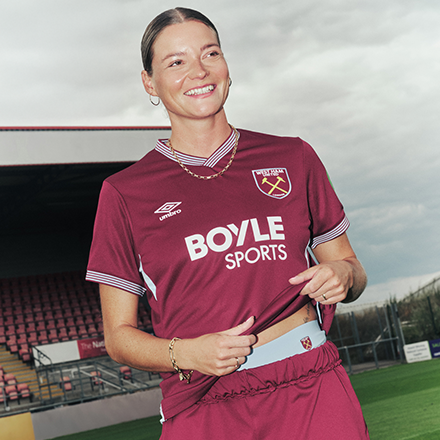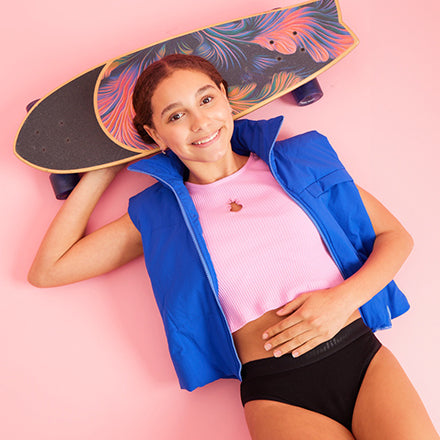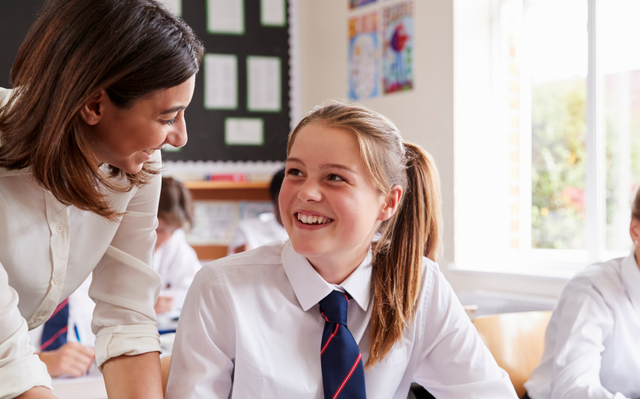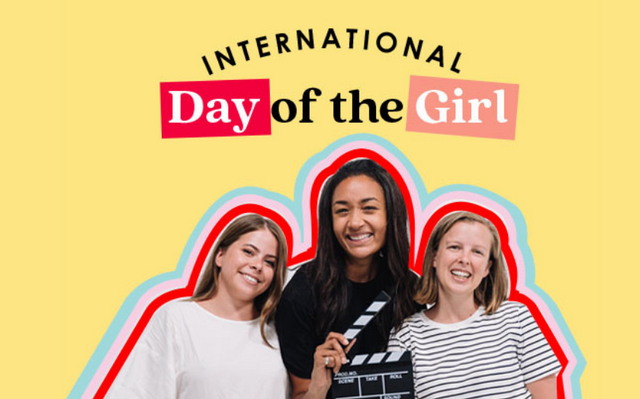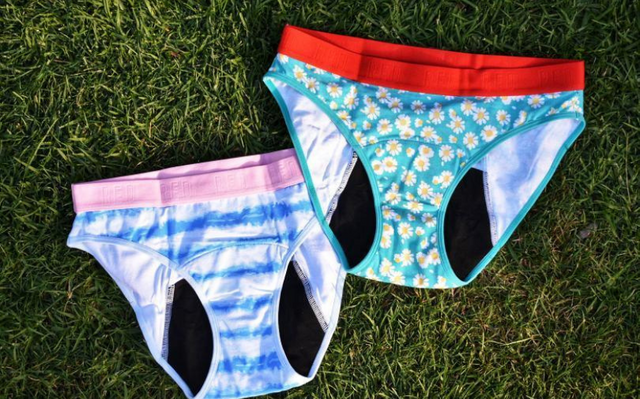When it comes to fighting for Period Equity, these women know a thing or two. This month, we took a deep dive into the work of five different women, on making the world a better place for people who bleed.
Jane Holmes is the Founder, Director and CEO of Support The Girls.
Where did your story begin? How did you start working in the menstrual equity space?
My journey in the menstrual equity space started when a young 13-year-old homeless girl approached me in a shopping mall. She stopped me and asked for menstrual pads. I purchased her lunch to find out why she was homeless.
Having been a crisis counsellor for many years with the New Zealand police and having come across many women and young girls, I had never even contemplated whether or not they had access to menstrual products. Having had cervical cancer at 30 I did not have periods. I had just never thought about it.
Why do you do what you do?
I do what I do because I am Jane. Mother. Widow. Survivor. All qualities that drive me to create change for other women and girls.
My mission has been to help disadvantaged women reclaim their sense of self-worth and their dignity. It is deeply personal as I have walked in their shoes on many fronts. I am a private but headstrong person who is determined to bring change in my calm unassuming way. Meeting the young homeless girl, as well as a mature age woman who was braless, were the catalysts that led me to start Support the Girls to support and empower women face to face. I wanted to find a way that I could support women in a safe environment where they could have conversations and one on one care.
What are you most proud of in the work you do?
The area I am most proud of is our Outreach work, where we have been able to create a positive impact and change for Indigenous Australian women and girls in remote communities. Hosting our events in these communities and having one on one conversations has been the key to planting the seed of knowledge, and hope.
Where have you seen positive change during the time you have been working in the menstrual equity space and where do you still see room for improvement and growth?
The most important area of impact I have seen has been our education platform. Our experience has seen a lack of education around menstruation and how to use menstrual products in many remote Indigenous Australian communities. Aunties and elders are unable to educate girls in the community on available products to use because they have never been taught themselves.
I will never forget talking to a foster parent who said the young girl she was taking care of never removed the pad from her underwear as she did not know any different.
One interaction I will never forget was with a mum who attended one of our events. She had four daughters, plus her mother and herself all requiring menstrual products. She said that she usually went to Supercheap Auto, a car mechanics store, to purchase bags of rags to use for menstrual products. She said purchasing menstrual products for six of them was simply unaffordable. This is the case for so many mothers and daughters around us.
What is the biggest challenge you face in the work you do?
The biggest challenge we face is funding to logistically get to many of the remote communities and then the cost of products.
Why is menstrual equity so important?
Menstrual equity is vital for women and girls. Period poverty is very real, and it is a health issue. The impacts are vast – girls cannot go to school and women cannot go to work which further exacerbates the issues. Women and girls should be able to be a participant in the world without having to stress about whether they have access to the basic material items they require for their dignity and wellbeing.
